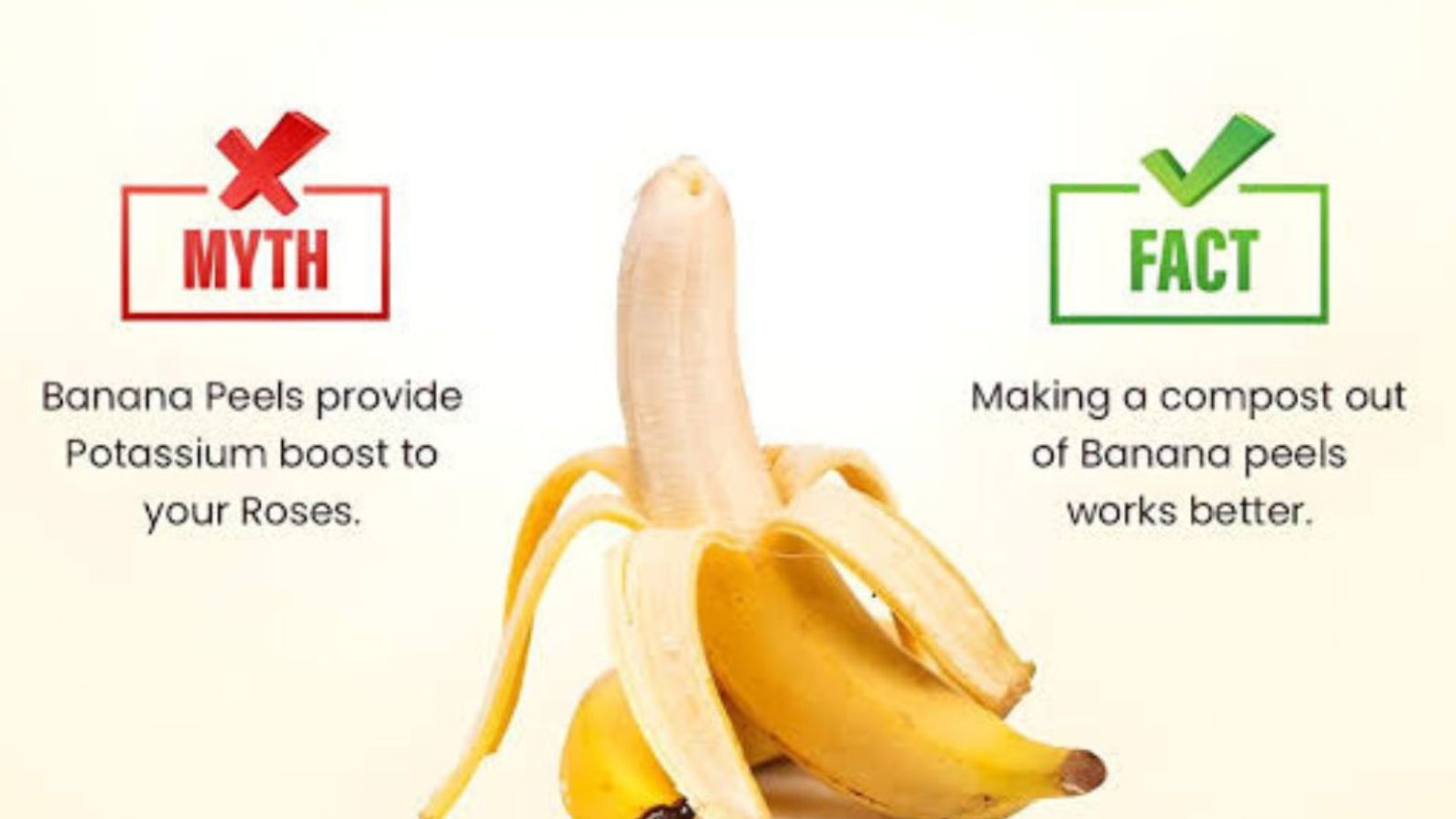Banana peels are often discarded without a second thought, but did you know they are packed with essential nutrients that can supercharge plant growth? Instead of throwing them away, you can transform banana peels into an effective, all-natural fertilizer that saves money and supports sustainable gardening.
In this article, we will explore the nutritional benefits of banana peels, a step-by-step guide on how to make banana peel fertilizer, and the best ways to use it in your garden. Whether you are a beginner or an experienced gardener, this simple, eco-friendly technique will take your gardening game to the next level!
Why Are Banana Peels Good for Plants?
Banana peels are an incredible source of nutrients that plants love. They contain:
- Potassium (K): Essential for plant growth, flowering, and fruit production.
- Phosphorus (P): Helps with strong root development and flower formation.
- Calcium (Ca): Strengthens plant cell walls and prevents diseases like blossom end rot.
- Magnesium (Mg): Boosts chlorophyll production and enhances photosynthesis.
- Sulfur (S): Improves plant resistance to diseases and pests.
Using banana peels as fertilizer is a natural, chemical-free way to nourish your plants, making them healthier and more productive.
How to Make Banana Peel Fertilizer in a Bottle
Creating banana peel fertilizer is simple, cost-effective, and requires minimal effort. Here’s how you can do it:
Materials Needed:
✔️ 2-3 banana peels
✔️ A clean plastic or glass bottle (1-liter capacity)
✔️ 1 liter of water
✔️ A knife or scissors
✔️ A strainer (optional)
Step-by-Step Instructions:
1️⃣ Collect banana peels – Save the peels from ripe bananas. The riper the banana, the more nutrients the peel contains.
2️⃣ Cut into small pieces – Use a knife or scissors to cut the banana peels into smaller pieces. This helps them decompose faster and release nutrients into the water.
3️⃣ Fill a bottle with water – Use a clean bottle and pour in 1 liter of water.
4️⃣ Add the banana peels – Place the cut banana peels into the bottle and seal it. Shake the bottle gently.
5️⃣ Let it soak – Allow the banana peels to soak for 24-48 hours. This allows the nutrients to infuse into the water.
6️⃣ Strain and use – After soaking, strain the liquid to remove banana peel pieces. Use the nutrient-rich water to water your plants directly.
7️⃣ Reuse the peels – The same banana peels can be used 2-3 times before they lose their nutrients. Simply refill the bottle with fresh water and repeat the process.
Other Ways to Use Banana Peels in Your Garden
Aside from making liquid fertilizer, there are several other ways to use banana peels for plant care:
1. Banana Peel Compost
- Chop banana peels into small pieces and add them to your compost bin.
- They break down quickly and add essential nutrients to your compost mix.
2. Direct Soil Amendment
- Cut banana peels into small pieces and bury them in the soil near plant roots.
- As they decompose, they provide slow-release nutrients to the plants.
3. Banana Peel Mulch
- Dry banana peels and crush them into smaller pieces.
- Spread them around plants to retain soil moisture and prevent weeds.
4. Natural Pest Repellent
- Place banana peels near plants to deter aphids and other garden pests.
- The scent of decomposing peels can also attract beneficial insects like butterflies.
5. Boost Flowering Plants
- Place banana peel pieces in the soil near flowering plants like roses, tomatoes, and peppers.
- The extra potassium helps improve flower and fruit production.
Best Plants to Feed with Banana Peel Fertilizer
This DIY fertilizer is beneficial for a wide range of plants, including:
🌱 Tomatoes – Potassium boosts fruit development and enhances flavor.
🌱 Peppers – Supports strong root growth and disease resistance.
🌱 Roses – Helps produce vibrant, healthy blooms.
🌱 Orchids – Provides essential nutrients for flower production.
🌱 Houseplants – Promotes lush, green growth and overall health.
🌱 Leafy greens (lettuce, spinach, kale) – Enhances chlorophyll production for deeper green leaves.
How Often Should You Use Banana Peel Fertilizer?
- For vegetables and flowers: Once every 7-10 days to encourage healthy growth.
- For houseplants: Once every 2 weeks to provide a gentle nutrient boost.
- For fruit trees: Once a month to support fruit production.
Avoid overusing banana peel fertilizer, as too much potassium can disrupt the balance of nutrients in the soil.
Common Mistakes to Avoid
🚫 Using too many banana peels at once – Too much potassium can cause nutrient imbalances.
🚫 Leaving peels in water for too long – If soaked for more than 48 hours, the water may develop a bad odor.
🚫 Pouring the fertilizer on leaves – Always apply it to the soil, not directly on plant leaves.
🚫 Not chopping peels before composting – Large peels take longer to break down, delaying their benefits.
Conclusion: The Power of Banana Peels in Gardening
Banana peels are a hidden gem in sustainable gardening. They are packed with essential nutrients that help plants grow healthier, produce more flowers and fruits, and resist pests and diseases. Instead of throwing them away, turn them into a free, eco-friendly fertilizer that enhances your garden’s success!
💬 Have you tried using banana peels for your plants? Share your experience in the comments! 👇👇

